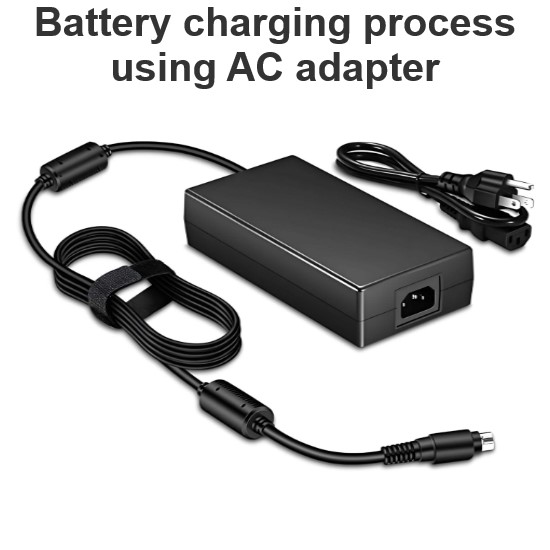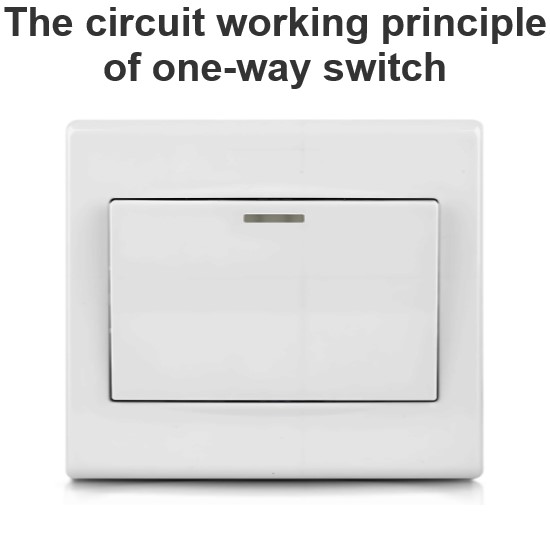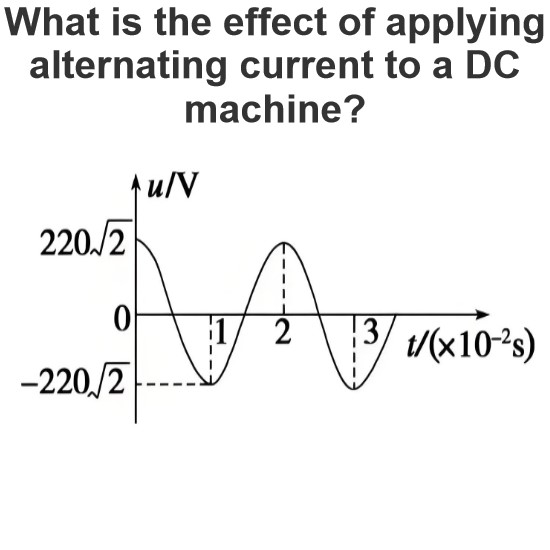Frequency of Power Systems
Power System Frequency Definition
Power system frequency is the rate of change of the phase angle of AC voltage or current, measured in hertz (Hz).
Historical Influence
The choice of 50 Hz in India and 60 Hz in other regions is based on historical and economic factors, not technical reasons.
Advantages of 60 Hz
A 60 Hz system has more power output and allows for smaller electrical devices but may need more cooling.
Advantages of 50 Hz
A 50 Hz system can support longer transmission distances with lower losses but may have larger and heavier devices.
Frequency Control Methods
Time error correction (TEC)
Load-frequency control (LFC)
Rate of change of frequency (ROCOF)
Audible noise
Conclusion
Power system frequency is an important parameter that affects the generation, transmission, distribution, and consumption of electricity. The choice of 50 Hz or 60 Hz frequency for power systems is based on historical and economic reasons rather than technical ones. Both frequencies have their advantages and disadvantages depending on various factors such as power, size, losses, harmonics, etc. Power system frequency is controlled by various methods such as TEC, LFC, ROCOF, and audible noise to ensure the stability and reliability of power systems and the performance and operation of electrical devices and equipment.
The Electricity Encyclopedia is dedicated to accelerating the dissemination and application of electricity knowledge and adding impetus to the development and innovation of the electricity industry.













